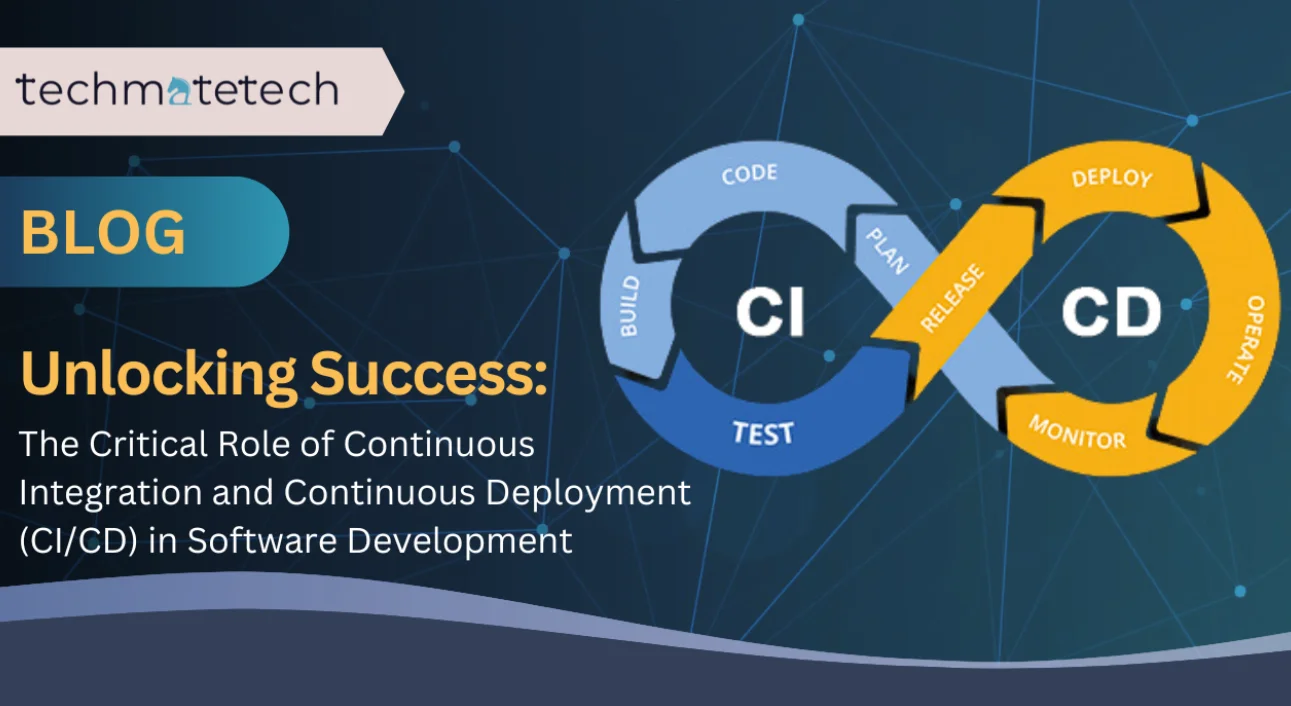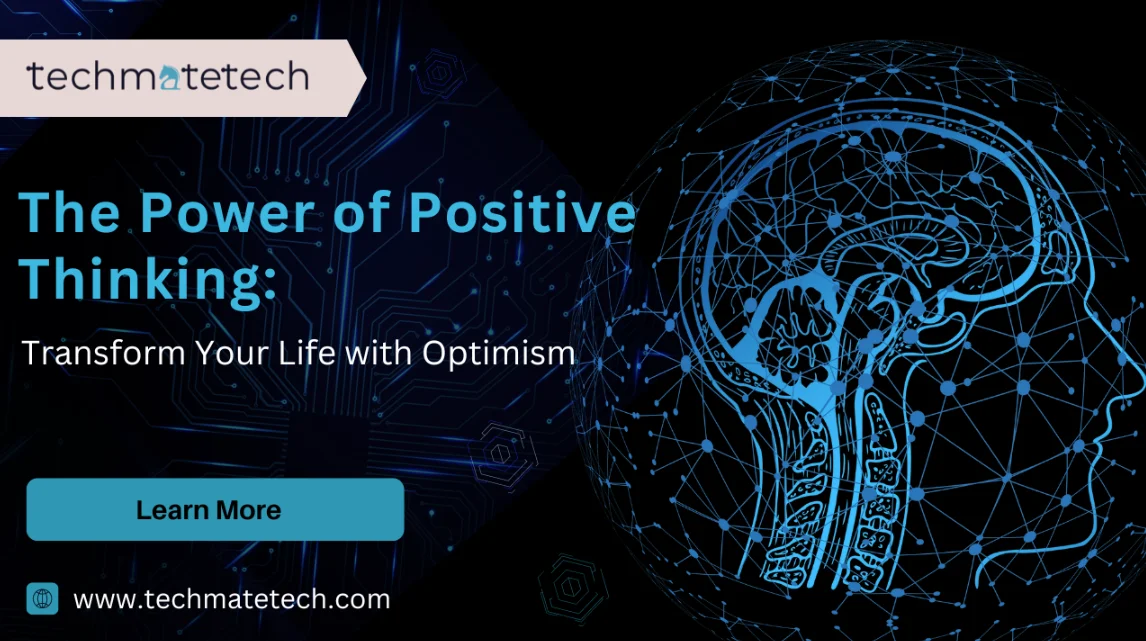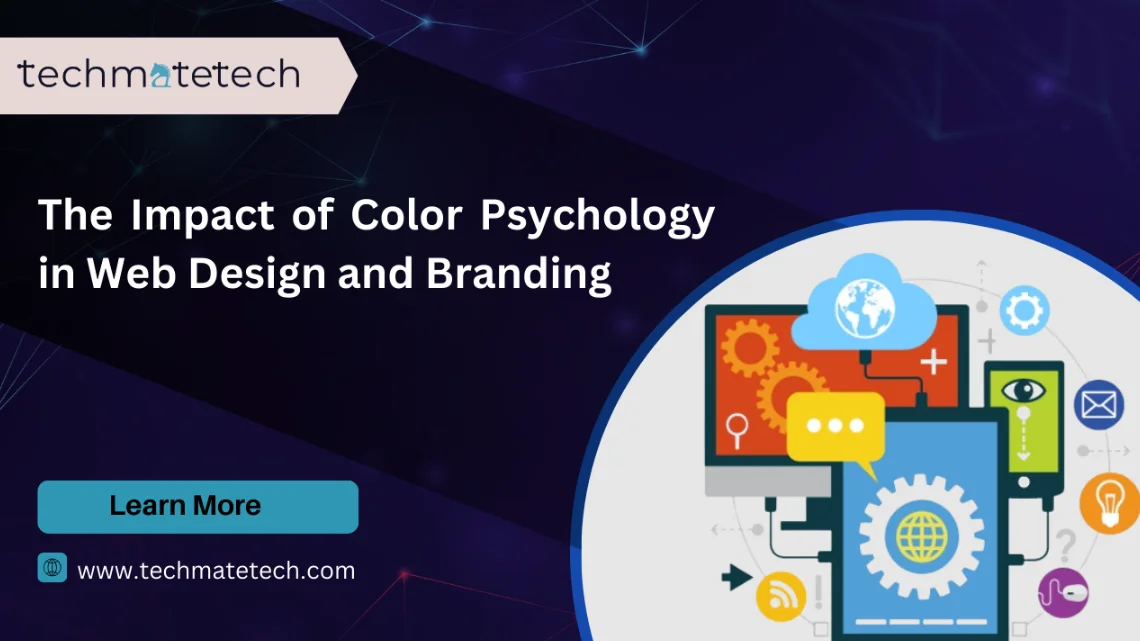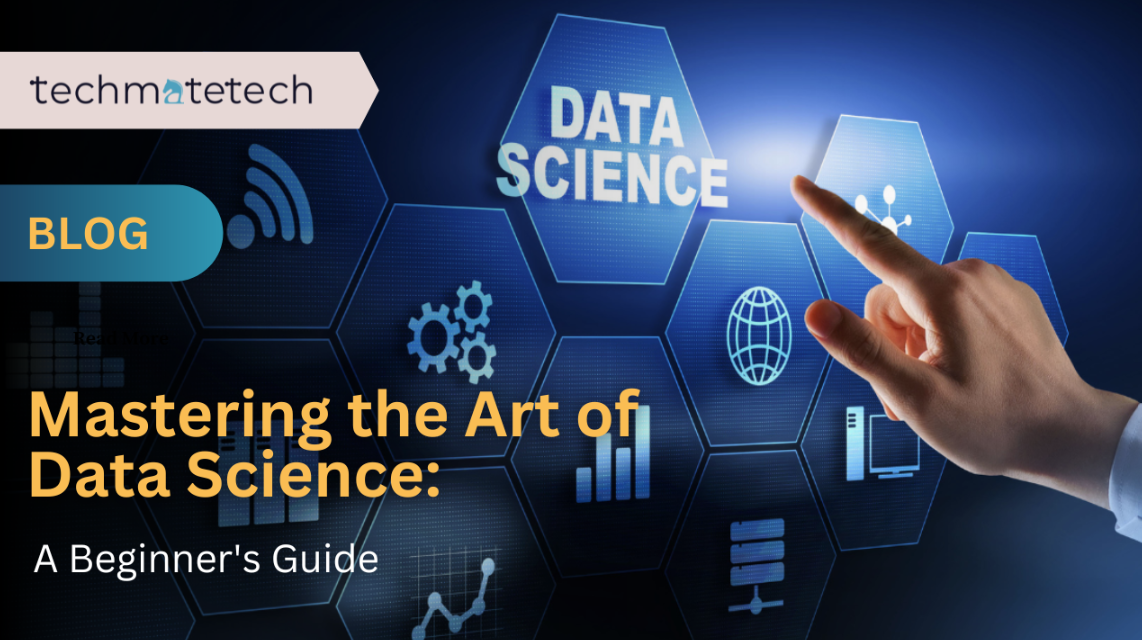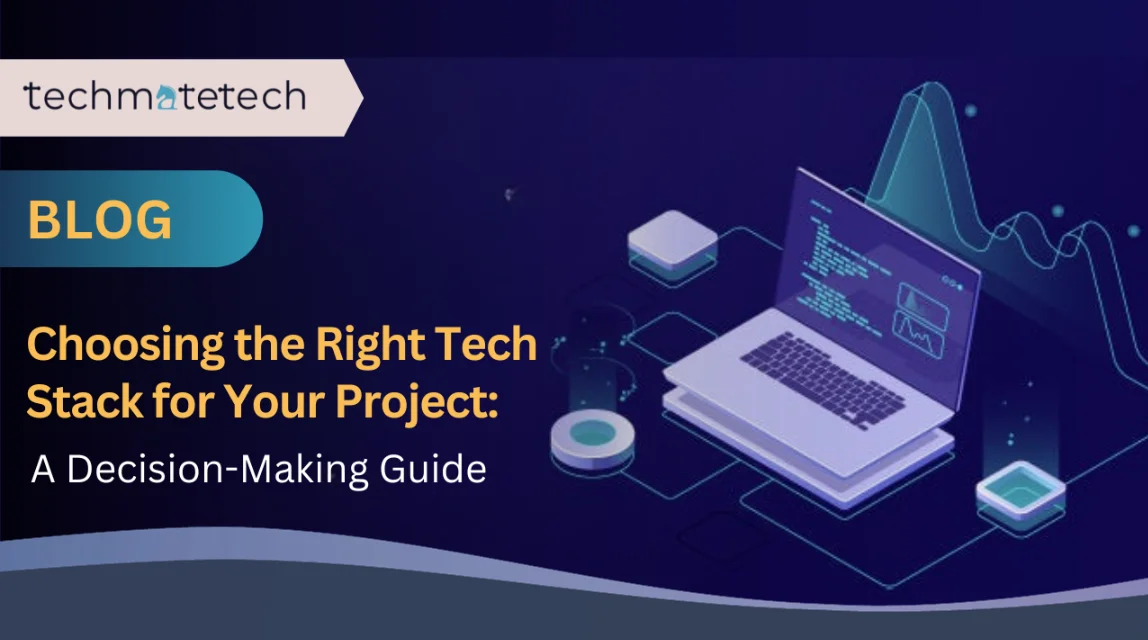The Importance of Continuous Integration and Continuous Deployment (CI/CD)
In the dynamic realm of software development, it is crucial to guarantee rapid, dependable, and effective delivery of software products. The management, testing, and software release processes used by development teams are completely transformed by the application of Continuous Integration (CI) and Continuous Deployment (CD). Gaining a thorough understanding of CI/CD can greatly improve your software development processes, resulting in faster delivery times and better-quality products.
What is Continuous Integration (CI)?
As part of a development process called continuous integration, developers should ideally integrate their code into a shared repository several times a day. Teams can identify issues early on because automated builds and tests validate each integration. The main objective of continuous integration (CI) is to avoid integration issues, also known as “integration hell,” which can occur when code is integrated infrequently.
What is Continuous Deployment (CD)?
Continuous Deployment takes Continuous Integration a step further by automatically deploying every change that passes all stages of the production pipeline to production. With CD, you can be guaranteed that the software is always ready for release and that it can be quickly and easily deployed to production with little assistance from humans. By doing this, the user experience is improved overall and new features, enhancements, and bug fixes are delivered to users faster.
Benefits of CI/CD:
Faster Time to Market
One of the most significant advantages of CI/CD is the accelerated time to market. By automating the integration, testing, and deployment processes, development teams can release new features and updates more quickly. This speed is crucial in today’s competitive market, where being first can provide a significant advantage.
Improved Code Quality
CI/CD practices enhance code quality by incorporating automated testing into the development process. Each code change is automatically tested, ensuring that it meets the required standards and does not introduce new bugs. This continuous testing helps maintain a high level of code quality throughout the development lifecycle.
Increased Collaboration
CI/CD fosters better collaboration among development team members. Since code changes are integrated frequently, developers are encouraged to communicate and collaborate more effectively. This frequent interaction leads to a more cohesive team and a more streamlined development process.
Reduced Risk
By deploying smaller, incremental updates rather than large, infrequent releases, CI/CD reduces the risk associated with software deployment. Smaller changes are easier to test, debug, and roll back if necessary. This approach minimizes the impact of potential issues and ensures that problems can be addressed quickly.
Enhanced Customer Satisfaction
Frequent and reliable updates lead to higher customer satisfaction. CI/CD allows teams to deliver new features, improvements, and bug fixes to users more rapidly, ensuring that the software continues to meet user needs and expectations. This responsiveness to user feedback can significantly enhance the overall user experience.
Implementing CI/CD
Implementing CI/CD requires the right tools and a cultural shift within the development team. Popular CI/CD tools include Jenkins, Travis CI, CircleCI, and GitLab CI. These tools automate the build, test, and deployment processes, enabling teams to implement CI/CD practices effectively.
In addition to the technical implementation, adopting CI/CD requires a commitment to continuous improvement and collaboration. Teams must embrace the principles of frequent integration, automated testing, and continuous deployment to realize the full benefits of CI/CD.
Conclusion:
The revolutionary techniques of continuous integration and deployment can greatly improve the productivity, dependability, and speed of software development operations. Development teams can release better software faster, collaborate better, lower risks, and satisfy customers more when they use continuous integration and continuous delivery (CI/CD). It is impossible to exaggerate the significance of CI/CD in the rapidly evolving software business of today. Any company hoping to remain competitive and satisfy the ever-increasing demands of users must invest in these processes.
